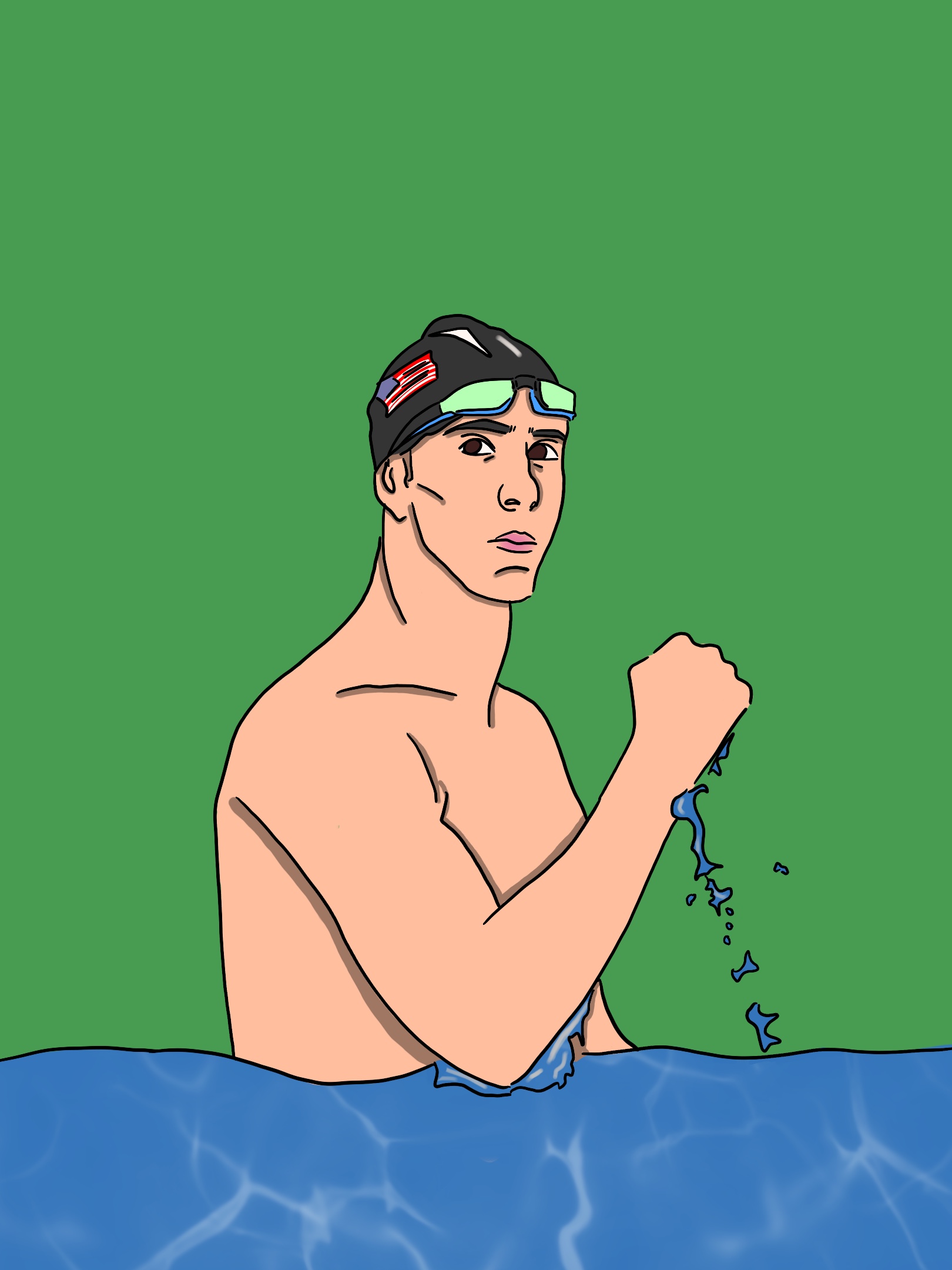Taking action where it counts
#YouthVoice #EqualRepresentation
Taking a deep breath, I press open the door and walk into the hall. Crowds of unfamiliar faces are dotted around the lecture hall as I rush over nervously to take my seat. The professor is saying something about remembering to write our student numbers on our scantron. My fingers tremble as I press my pen to the paper and begin to write.
This is the story of many students. Many of us face a never-ending list of concerns, anywhere from academic stress and career uncertainty to family and relationship difficulties. So why is it that adults—people who are no longer experiencing our world—are the ones telling us how to survive?
The world is constantly undergoing rapid change. The experience today’s adults had is no longer representative of that of current students. Yet, how often are we allowed to create real change in the support we get?
For some people, breathing exercises, yoga, eating well, and self-care might be enough to support their mental health. After all, mental health ranges on a spectrum. Clinical psychologist, Dr. Tess Browne describes this continuum as ranging from in-crisis, to struggling to survive, to thriving. Those in the struggling and in-crisis areas likely experience varying degrees of challenges that significantly impact their mental health. Surviving could be considered similar to burnout. Finally, you get to thriving, where you find that you’re actively living life based on your values, you’re fulfilled, motivated, and energetic, connected with your community and loved ones.
Unfortunately, studies show that young people ages 15 to 24 are more likely than other age groups to deal with mental health concerns. So, it is our age demographic specifically that appears to demonstrate a strong need for more than just self-care and social support. Yet due to various barriers such as the financial cost of professional support and extensive waitlist times, we may not be able to access it.
Various schools and universities have their own mental health services, but many do not include high degrees of youth participation. Youth participation follows a ladder structure, ranging from non-participation, to consulted and informed, to youth-initiated with shared decisions with adults. Many institutions may have safeguarding or liability concerns which could explain the limitations of involvement that young people can take in creating change in services.
However, with appropriate training and support, young people can be strong drivers of change. An example of this potential for change is Edward Peasgood, a university student who supports children and young people in speaking out for improved youth mental health services in England. Despite being a student himself, he has supported many students throughout his work, including facilitating a safe and supportive space in focus groups when he investigated attitudes, prevention, and early intervention for youth self-harm needs in East Sussex.
Change does not happen without people standing up for it. Being a leader is not in my blood, but I will not sit by and see peers suffering without doing my all to help. I started Helping Our Planet Earth (HOPE), a youth-led non-profit organization to make mental health resources and support accessible to young people globally. Now we as students offer workshops and courses, with the support of mental health professionals on our Advisory Board, to empower young people with self-help tools and community connection to improve their wellbeing.
Ultimately, it is in your hands to explore what you want to do. If mental health action is something you want, my advice is to consider what area of change you want to focus on. In what way do you want to help? Whether you provide feedback as a service user or contribute as a youth worker, remember the impact you can make.

